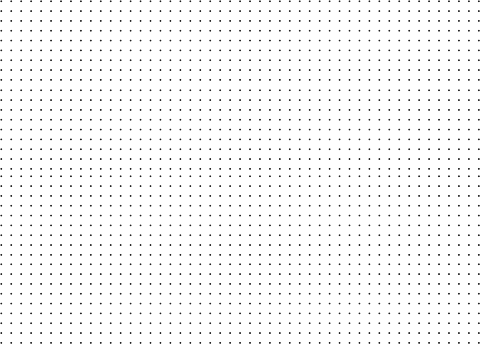
Procedures
Peripheral Angiogram Procedure
Vascular & Interventional Radiologist
The Peripheral Angiogram at Flex Medical Group is a minimally invasive diagnostic and therapeutic procedure. It involves the insertion of a catheter through a small puncture, employing contrast dye to visualize blood flow in the lower extremities. This allows for the identification and treatment of arterial blockages via atherectomy or angioplasty, potentially supplemented with stent placement. The procedure aims at restoring optimal blood circulation, alleviating symptoms, promoting wound healing, and preventing amputation. Recovery is quick, allowing patients to return to their daily activities shortly after. For detailed information, visiting the original source is recommended.

Preparing for your Procedure
Share all medication details, including supplements, and any allergies, particularly to anesthetics or contrast materials, with your doctor.
Pause aspirin, NSAIDs, or blood thinners if advised.
Discuss any recent health issues.
Women should mention any chance of pregnancy to avoid unnecessary radiation exposure to the fetus.
Continue with prescribed medications, particularly for blood pressure, using minimal water on the procedure day.
Abstain from eating or drinking six hours prior to your procedure.
Video
Uterine Artery Embolization (UAE)
Uterine artery embolization (UAE) is a minimally invasive procedure performed to treat uterine fibroids (UFE). The procedure can also be performed to treat adenomyosis. During the UAE/UFE procedure, highly trained interventional radiologists use a special X-ray device to guide a thin, flexible “spaghetti-like” tube called a catheter to the artery supplying the uterus and deliver small particles. These block the blood flow to the uterus, causing the fibroids to shrink.
Adenomyosis is a condition with abnormal growth of the inner uterine lining, entering the muscle wall of the uterus. It can cause pelvic pain, menstrual cramps, heavy bleeding during periods, lower abdominal pressure, and bloating before menstrual periods.Patients are typically discharged in a few hours after the procedure and recover at home. They should be able to go back to their routine in about two days.

Peripheral Artery Disease (PAD)
Peripheral artery or vascular disease (PAD/ PVD) is the narrowing or blockage of the arteries as a result of plaque buildup in its walls decreasing blood flow to the legs and feet. If untreated, PAD can lead to severe pain of the lower extremities, non-healing ulcers, gangrene, critical limb ischemia and amputation.
The good news is that the majority of amputations can be prevented. At Mara Vascular and Interventional Radiology OKC, we specialize in limb salvage by opening the blocked arteries and restoring the blood flow on an outpatient basis. Contact us or request a call back to schedule an appointment today to work with the experts on peripheral artery disease Oklahoma City, OK count on!



